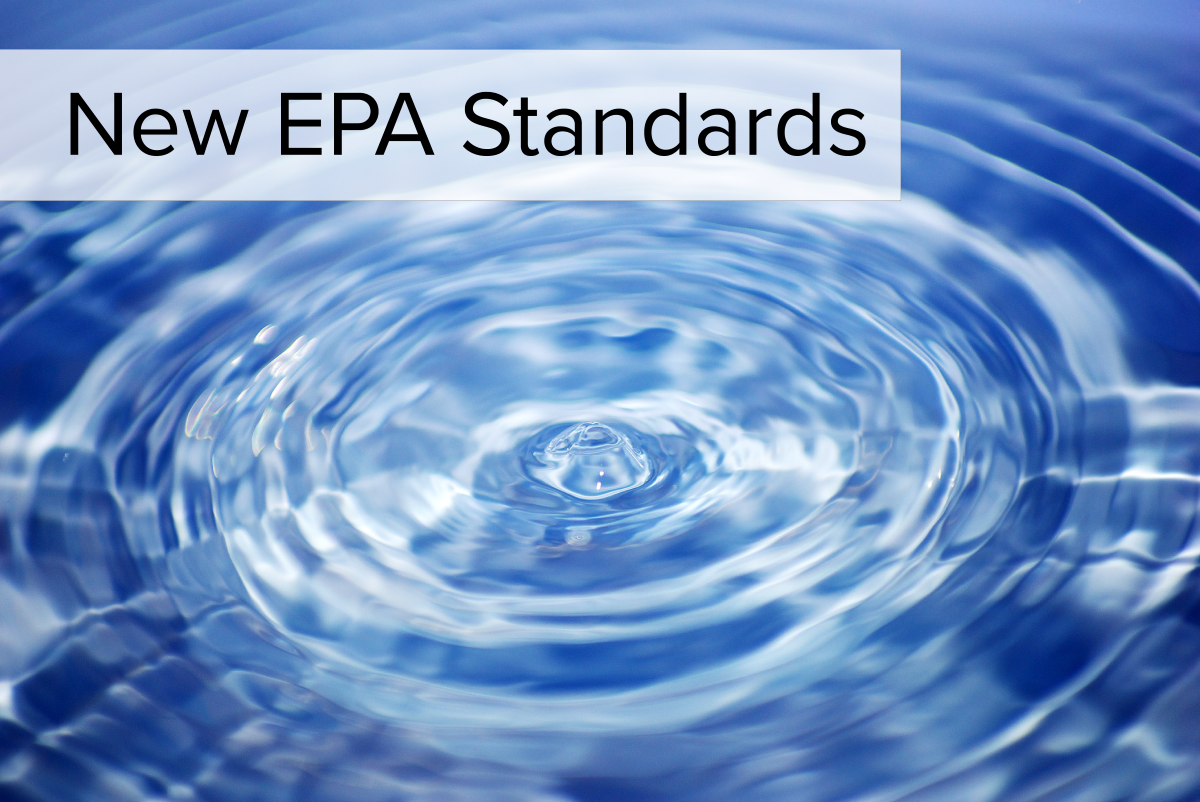A proposal for the first-ever national drinking water standards for per- and polyfluoroalkyl substances (PFAS) in the United States was announced in mid-March. The U.S. Environmental Protection Agency (USEPA) proposes to establish legally enforceable levels for six PFAS known to be found in drinking water. PFAS are a category of manufactured chemicals that can cause serious health problems, including cancer, if people are exposed to them over a long period of time.
Proposed Regulations
If finalized, the PFAS National Primary Drinking Water Regulation (NPDWR) would regulate perfluorooctanoic acid (PFOA) and perfluorooctane sulfonate (PFOS) as individual contaminants at 4 parts per trillion, corresponding to a level of reliable measurement. The regulation of four other chemicals is proposed to limit any mixture containing one or more of them. Under the proposed regulation, water systems would use a hazard index calculation, defined in the proposed rule, to determine if the combined levels of the following PFAS pose a potential risk that triggers a violation and appropriate treatment:
- Perfluorononanoic acid (PFNA)
- Perfluorohexane sulfonic acid (PFHxS)
- Perfluorobutane sulfonic acid (PFBS)
- Hexafluoropropylene oxide dimer acid (HFPO-D), commonly known as GenX chemicals.
The proposed USEPA regulation will require public water systems to monitor for PFAS chemicals. It will also require systems to notify the public and reduce PFAS contamination if levels exceed the proposed regulatory standards. The PFAS NPDWR does not require any action until it is finalized, which is projected to occur by the end of 2023.
Public Comments & Hearing
USEPA is accepting comments on the proposed PFAS NPRDWR. Comments may be submitted through the public docket, located on Regulations.gov. USEPA will also hold a public hearing on May 4, 2023, where verbal comments can be provided about the prosed rule. Registration is required to attend, and the last day to register to speak at the hearing is April 28, 2023.
Lawsuits Predicted
An American Water Works Association (AWWA) study estimates it could cost $38 billion nationwide to remove enough PFAS to meet the proposed USEPA rule. The AWWA-sponsored study considered Federal and State sampling results and estimated that 4% to 12% of water providers across the country will need to treat for PFAS after the new regulation becomes effective. Lawsuits are expected to be filed against USEPA and companies that utilized PFAS chemicals due to the high cost of testing and mitigation required once the PFAS rule is finalized.
For more information on this proposed regulation, please visit USEPA’s Per- and Polyfluoroalkyl Substances (PFAS) webpage.

